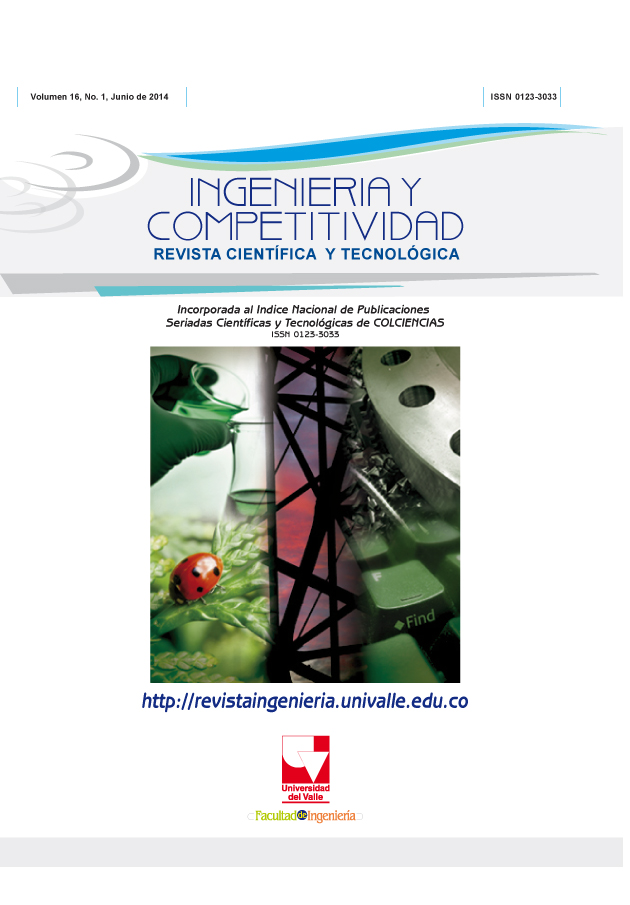Determinación de las variables topográficas más representativas en Sockets para amputados transfemorales fabricados nacionalmente
Contenido principal del artículo
El nivel de confort de un paciente amputado transfemoral está ligado al coeficiente de fricción (CF) en la interfaz Socket-Muñón, se ha demostrado experimentalmente que las características superficiales del elemento que entra en contacto con la piel influyen en el CF. Partiendo del modelo en yeso del muñón de un paciente amputado transfemoral se fabrican seis sockets en empresas de diferentes ciudades a nivel nacional (Bogotá, Medellín y Cali), con el fin de determinar los cambios a nivel topográfico dependiendo del proceso y fabricación, se establece el procedimiento general para la fabricación de un socket se identifican las zonas con mayores esfuerzos en el muñón partiendo de modelos por elementos finitos y se extraen probetas de los sockets. Con un rugosimetro, se caracteriza la superficie de las muestras teniendo como criterios los parámetros tribológicos Ra, Rq y Rpc. Se concluye que debido a lo altamente artesanal del proceso de fabricación, las características tribológicas varían enormemente de un socket a otro, lo cual plantea la posibilidad de realizar en el futuro protocolos de fabricación que incluyan el texturizado superficial en determinadas zonas de los sockets y de esta forma variar los coeficientes de fricción y mejorar la precepción de confort de los pacientes.
- Amputado Transfemoral
- Caracterización superficial
- Parámetros tribológicos
- Rugosidad
Descargas
Los autores que publican en esta revista están de acuerdo con los siguientes términos:
Los autores ceden los derechos patrimoniales a la revista y a la Universidad del Valle sobre los manuscritos aceptados, pero podrán hacer los reusos que consideren pertinentes por motivos profesionales, educativos, académicos o científicos, de acuerdo con los términos de la licencia que otorga la revista a todos sus artículos.
Los artículos serán publicados bajo la licencia Creative Commons 4.0 BY-NC-SA (de atribución, no comercial, sin obras derivadas).





